USDA: Putting the Green in Green Energy
Mary Jane Zakas lives on a five-acre parcel in Fishlake Valley, a high mountain desert community straddling the Nevada-California border at the base of the White Mountains. Her neighbors, each with similar plots, make up the sparsely populated area of Fishlake Valley-Dyer, a remote expanse dominated by ranchers, alfalfa growers, and members of the local Paiute tribe. Retirees have joined the community in recent years, drawn by its clean air, serene landscape, and close-knit feel.
As pastoral as it appears, the valley's isolation brings challenges, including limited services. The nearest towns are Tonopah, roughly 75 miles west, and Bishop, a 90-minute drive into California. Dyer is home to a post office, a small general store, a volunteer fire department, and an occasional café. Residents are accustomed to rural life, long drives, and extreme weather—but increasingly frequent power outages pose a serious concern.
Power to Fishlake Valley and Dyer distributed by Valley Electric, the sole provider in the area. According to Valley Electric, a 55-kilovolt line runs from Bishop, California, over the White Mountains to Fish Lake Valley. While power is typically delivered without incident, recent years have seen more frequent outages as extreme temperatures, wildfires, and outdated infrastructure in California strain the grid, leaving valley residents in difficult—even dangerous—situations.
One of the most significant concerns during outages is losing power to wells, which are essential for access to running water and refrigeration. A trip to the small general store, Esmeralda Market, is often not an option, as it is also impacted by outages. Residents frequently find themselves driving over an hour to Tonopah to restock perishables, but only if their gas tanks are full since fuel may not be available locally.
Supplies are available for those able to travel over Lida Summit to Tonopah's Raley's, albeit at nearly double the cost of those in larger towns. Not everyone has the financial means to replace their cold food storage or pay the premium for essentials. Cell towers also lose service when power goes out, leaving residents unable to call for emergency assistance. Medical devices cease, heating and cooling systems shut down, and livestock can lose access to water. The consequences are costly and, for some, potentially life-threatening.
Mary Jane, unwilling to continue to accept the situation, was determined to solve this ongoing problem and devised a short-term solution. "I bought the biggest generator I could find," she said, "and several 100-foot-long extension cords." Mary Jane felt compelled to assist her neighbors during outages. "Something happens and everything goes down," she said, "we're going to be in a world of hurt, and it's going to be neighbor helping neighbor. Everybody's got extra food, but not everybody's going to have extra electricity for their food."
Mary Jane's commitment to her community extended beyond her nearest neighbors. Last spring, she decided to run for Esmeralda County Commission and will take office in January, where she will continue to advocate for others.
Fortunately, relief is on the horizon for Mary Jane and her Fishlake Valley neighbors. Through the Inflation Reduction Act and the United States Department of Agriculture (USDA) efforts, Fishlake Valley is set to receive a 1-megawatt storage facility powered by a nearby solar plant.
On August 29 in Pahrump, USDA Deputy Secretary Xochitl Torres Small announced that Valley Electric received an $80 million Powering Affordable Clean Energy (PACE) grant to fund the Fishlake Valley project. Torres Small, the first Latina to serve as USDA Deputy Secretary and former Under Secretary for USDA Rural Development, stated, "President Biden and the United States Department of Agriculture are proud to invest $80 million in Valley Electric to deliver this energy… and to cooperate on this work, both for the solar and the storage for these projects in Pahrump and Fishlake Valley."
The grant, part of a $140 million investment announced by the White House that same day, is split between Valley Electric's solar and storage project and a hydroelectric project in Kentucky. "You should be aware that you're responsible for over half of the announcement," said Torres Small to the Valley Electric event center crowd.
In a one-on-one interview following the event, Torres Small addressed how projects like this aim to reduce power costs for Americans. Nevada has a mix of renewable energy sources—including solar, geothermal, and hydroelectric power—yet electricity rates have recently climbed to record highs. According to Torres Small, the project's language mandates that power cost savings be passed on to customers, with a portion reinvested in the community.
"The ultimate goal is to not only drive down energy costs but also to create jobs, bolster economic growth, and promote a cleaner environment," explained Torres Small. Projects like Fishlake Valley's storage facility and solar plant Kentucky's hydroelectric project will benefit communities by reducing operational costs for businesses, allowing savings to be reinvested locally, she said.
Valley Electric Vice President of Engineering and Power Supply, Logan Gernet, expressed excitement for the project; however, in contrast to Torres Small's assertion, he stated that while it will provide improved power stability, it may not necessarily lower electricity rates.
Regardless, residents are relieved that the solar plant and battery storage facility will ensure power reliability in Dyer and Fishlake Valley, enabling uninterrupted access to critical services like water, communication, fuel, and food.
Once complete, locals can rest safe knowing power outages will largely be a thing of the past. As for Mary Jane, she won't need more backup generators and 100-foot extension cords.


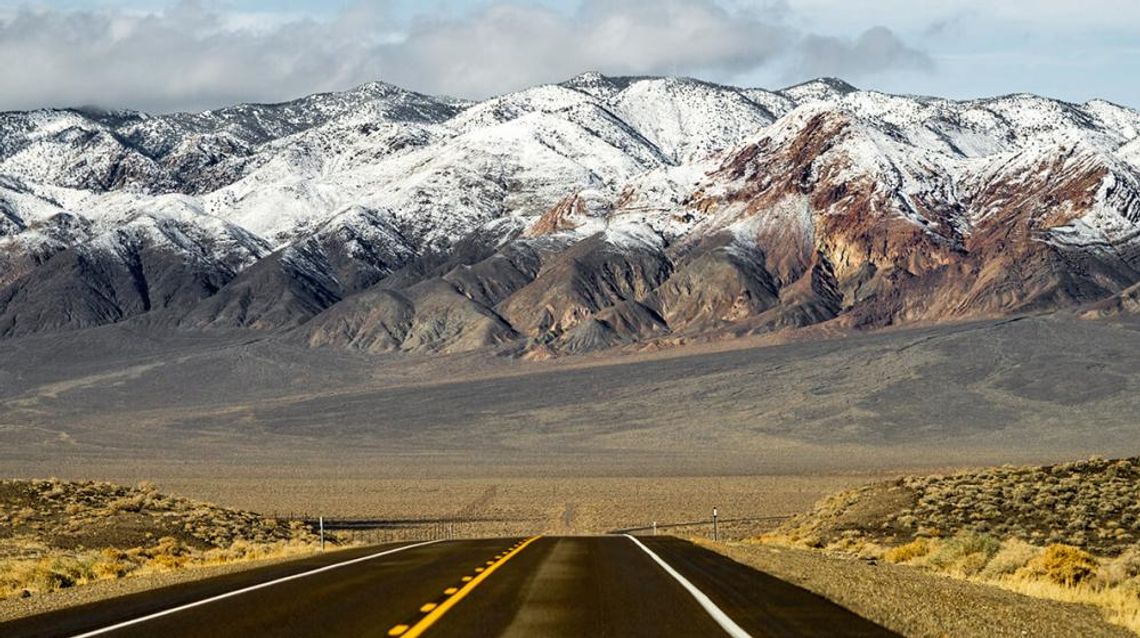




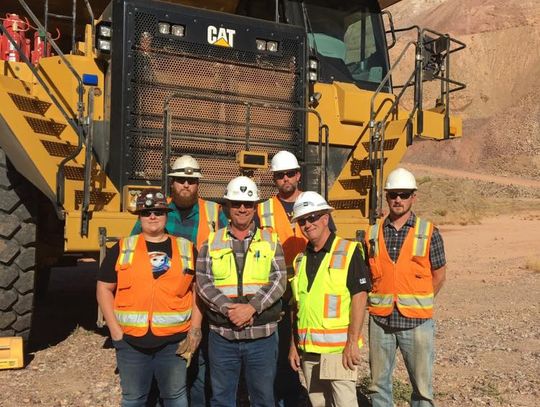
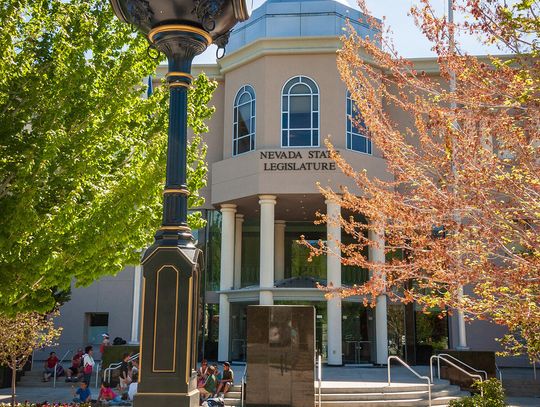
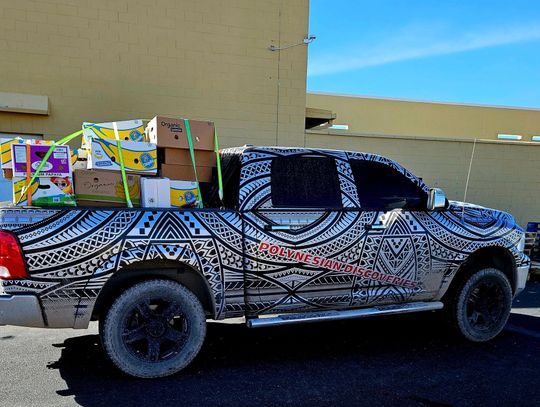
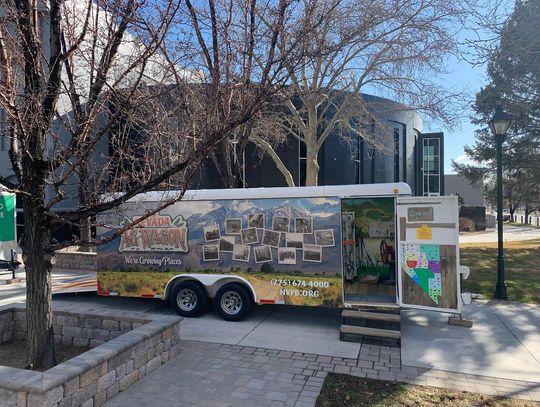


Comment
Comments